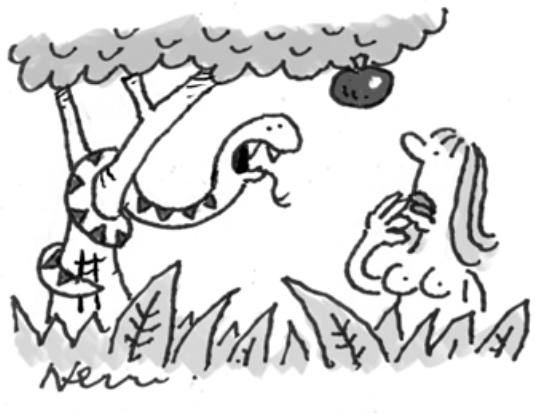Difficult to believe that time has gone so fast, and it’s a week since the last episode of the Update, but I plead alternative commitments (writing a piece for our local newspaper, watching a web lecture, doing the allotment, going out for lunch and BREAKING THE LOCKDOWN AT LAST! It was outside, and we were properly distanced, and a swarm of bees did appear to distract us, but it was a great day. Mind you it would appear that half of England headed for Camber Sands or the Dorset beaches, and also that the concept of social distancing has been forgotten already. But at last the awful daily briefings have stopped. We stopped watching a while back as they became repetitive and uninformative; the questions from the press were irrelevantly focussed; and I got fed up with seeing the faces I had written to (who have never replied) ignoring so far as I could see any of my suggestions.
Well, you will say, they must have been deluged with stuff. Maybe so, but increasingly it seems my stuff was pretty well on the ball. The webcast I watched was presented by two rheumatologists, Professor Ernest Choy from Cardiff and Professor Dennis McGonagle from Leeds. It told me four things; first, that you have to hit Covid-19 with the immunosuppressives at just the right time (after the viral peak and at the beginning of the cytokine storm); second, that low oxygen saturation allied to abnormal blood tests predicts the latter (and yes, my protocol had an omission – the C-reactive protein also goes sky high so it should be included with the D-Dimer and ferritin); third that my protocol for treating the storm was on the nail and fourthly – beautifully illustrated with immunological slides – that rheumatologists are the best people to be treating cytokine storms because they actually understand the immunological principles and have experience of the treatments to use.
I remain convinced despite their positive analysis of the RECOVERY trial – which has a complex protocol which we rheumatologists don’t normally have recourse to – may have proved the point about steroids but still had flaws and also introduced a delay in treating seriously sick people. What harm could it have done to bang in a large slug of steroid? The risk of making infection worse, or allowing infection with something else, was small and manageable set against the likely suppression of the cytokine storm that was going to do all the damage.
As the lockdown begins to lift the post-mortems on the handling of the pandemic are beginning to be aired. In a way much of these are unfair, because at the outset what has become clear, or at least clearer, was completely not clear. International comparisons are thoroughly confusing (reason not clear). Why was there an excess death spike in England but not, apparently, in the other home nations (reason not clear)? How reliable are the Covid-19 tests (not as reliable as first thought)? Should we maintain the 2-metre distancing rule (well, it’s down to 1 metre + whatever the + means)? Why are BAME people more likely to die (lots of talk about inequality and poverty, none about genetics)? Why exactly was there such a problem in care homes (people being displaced from hospital, close contact spread, infected carers)? Why don’t children appear to spread the virus (don’t know)? Should we open schools (on balance, straightaway; they should never have been closed)? What role did the media play in inducing mass hysteria (a big one, and often based on ignorance of science and medicine)? And so on.
I do wonder whether my 37,000 words so far have materially affected the management of the great plague. Writing them, and all the associated articles and letters has certainly kept me quiet, but it has been extremely frustrating to watch as the powers that be came to their conclusions days or weeks after I had. And I had told them, too. I sent links to the blog, emails with suggestions, even a full treatment protocol. Not a word.
If you can’t stop the virus from spreading (and as lockdowns ease across the world it appears you can’t), you can’t apply reliable tests to prove that you have it – or haven’t – or that you have had it – in which case it’s unclear whether immunity is long-lasting – we will have to live with SARS-CoV-2 for a while. Meanwhile there remains one thing you can do. You can stop people dying if they get it. That is a scientific issue; the moral issue is how you might determine which sufferers you prioritise, on the basis that applying treatments to restore a miserable existence may not be the right thing to do. The one certainty of life is death.

